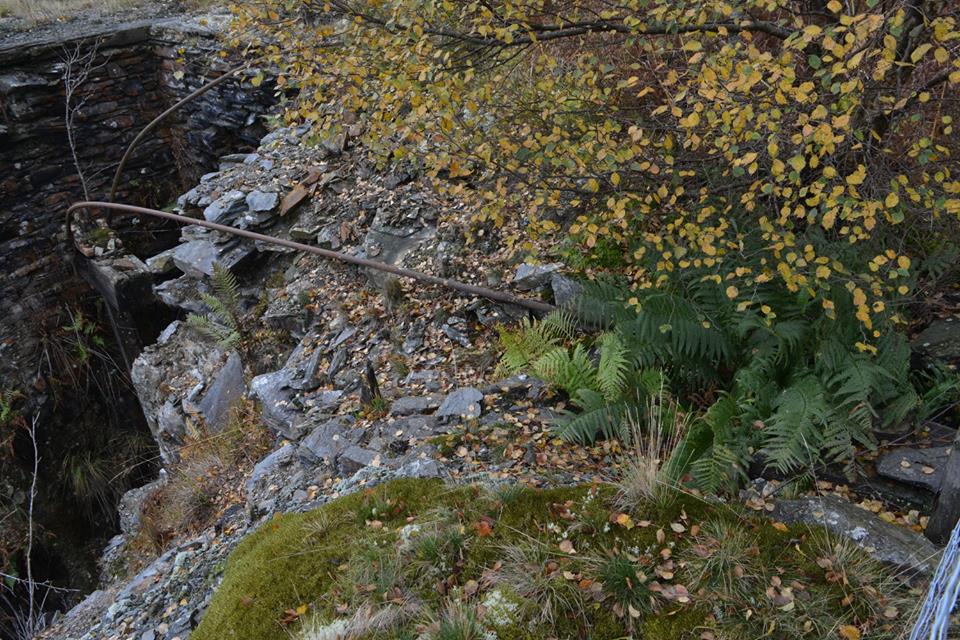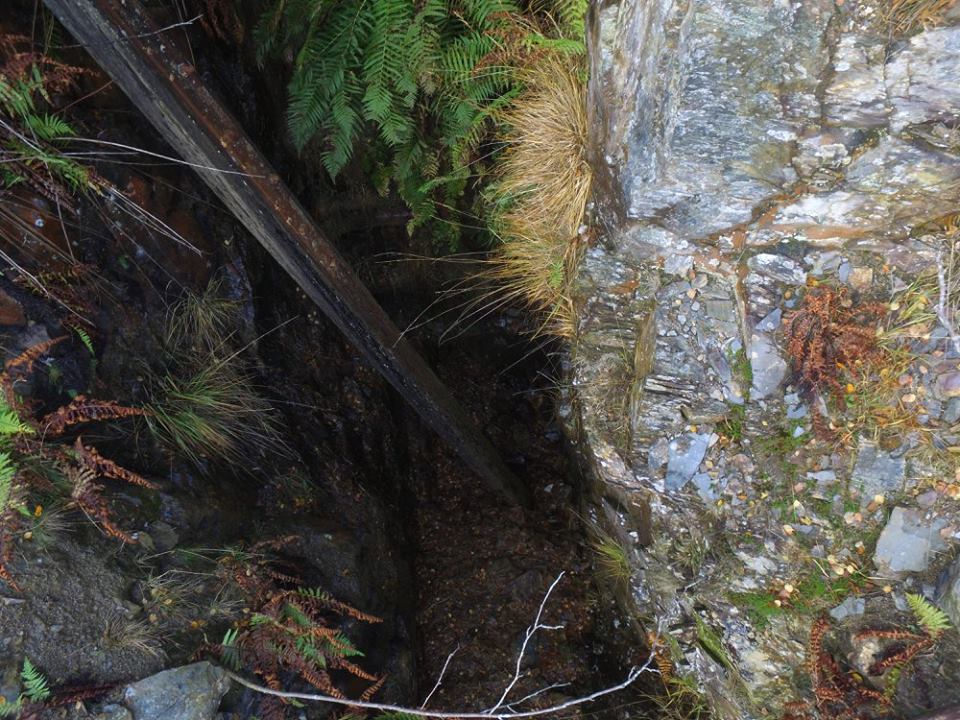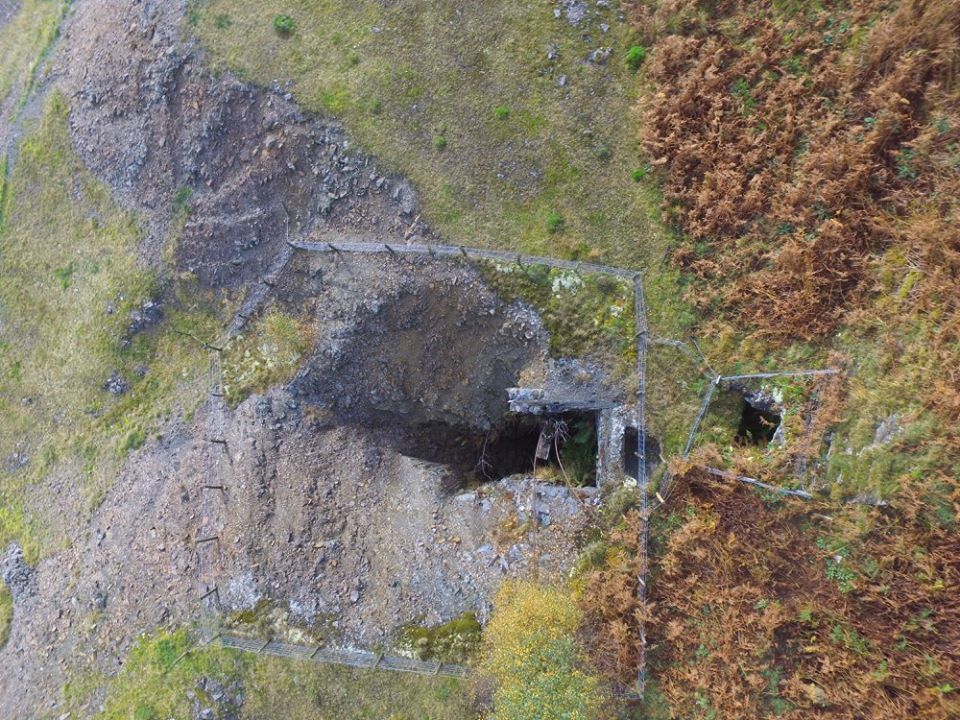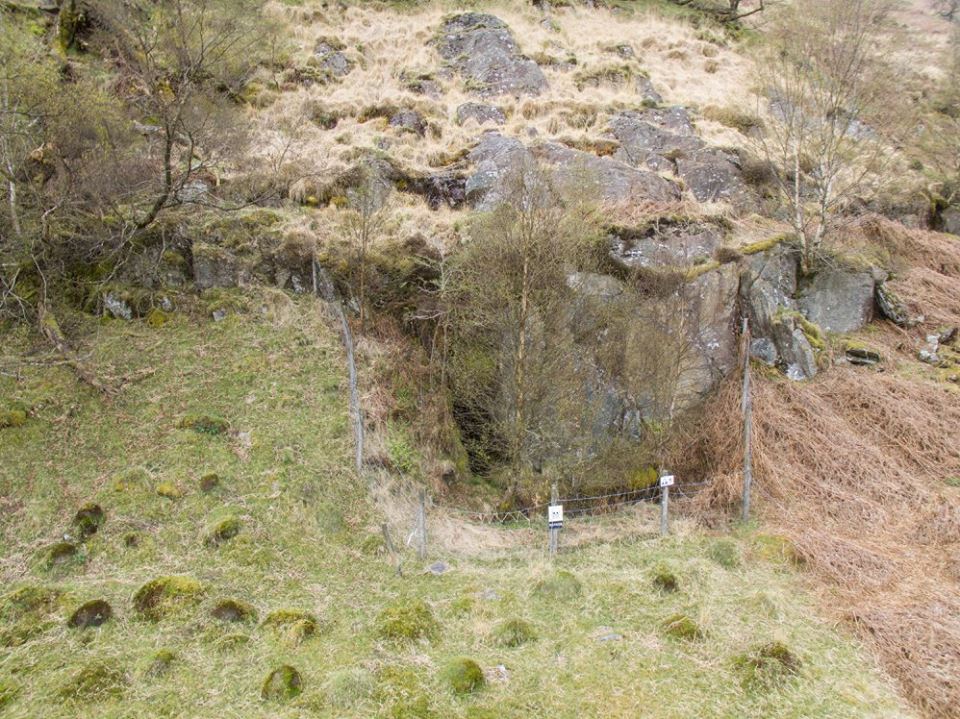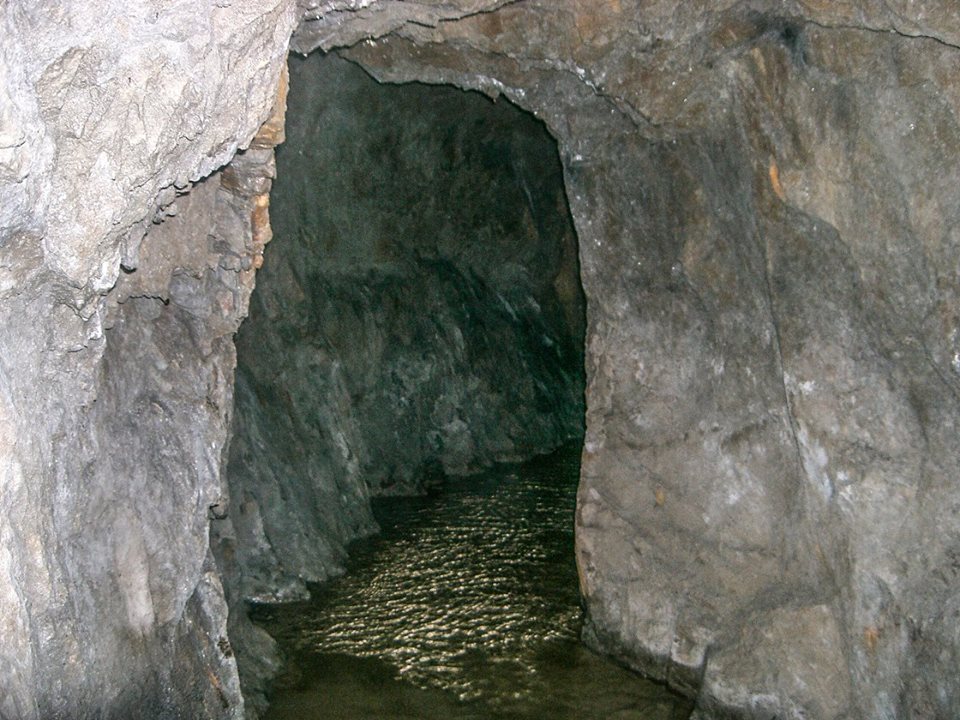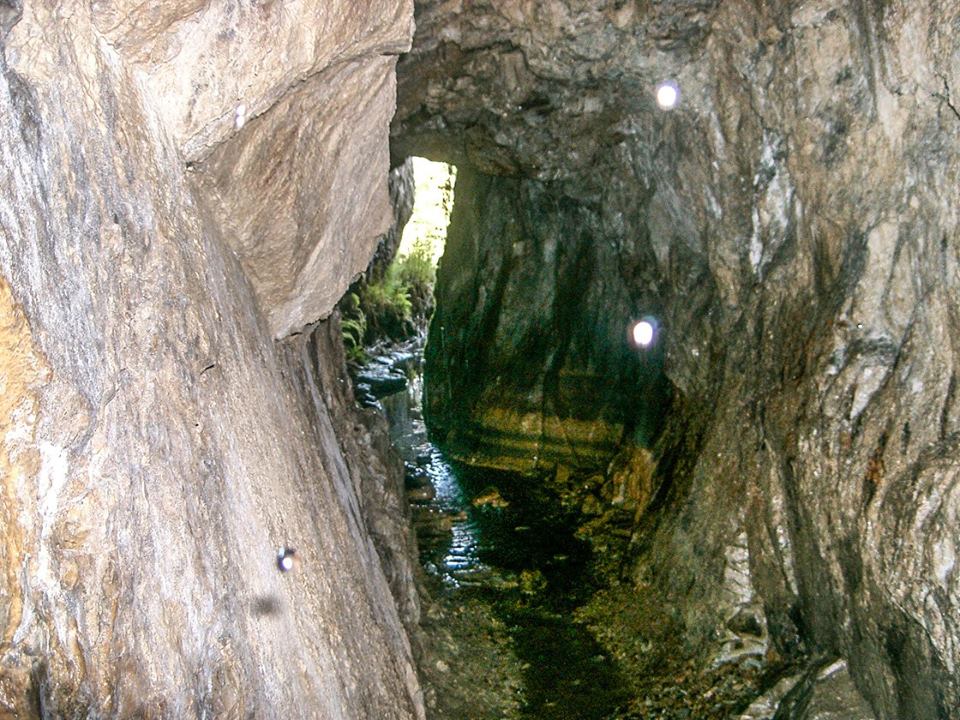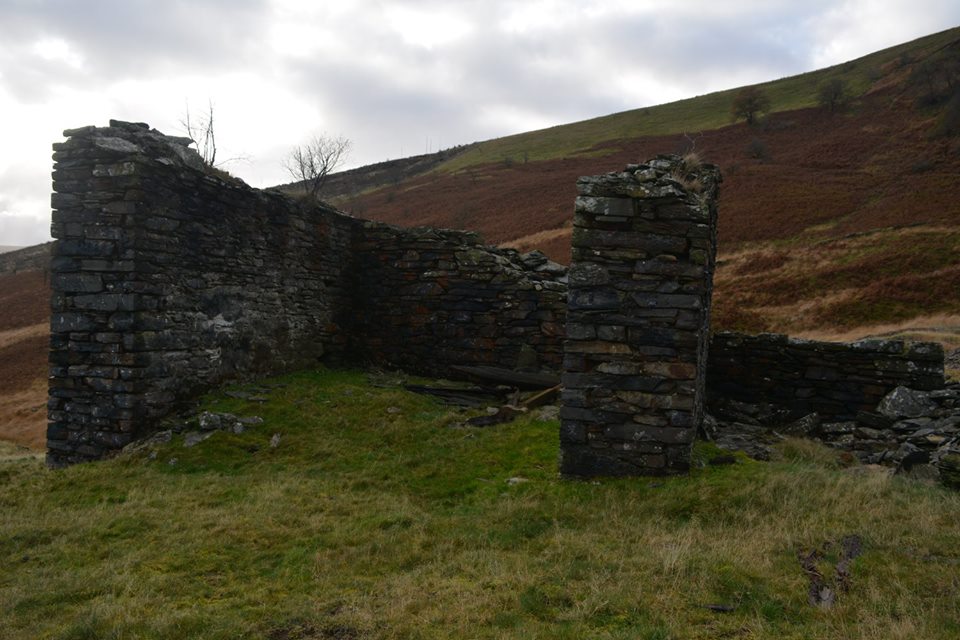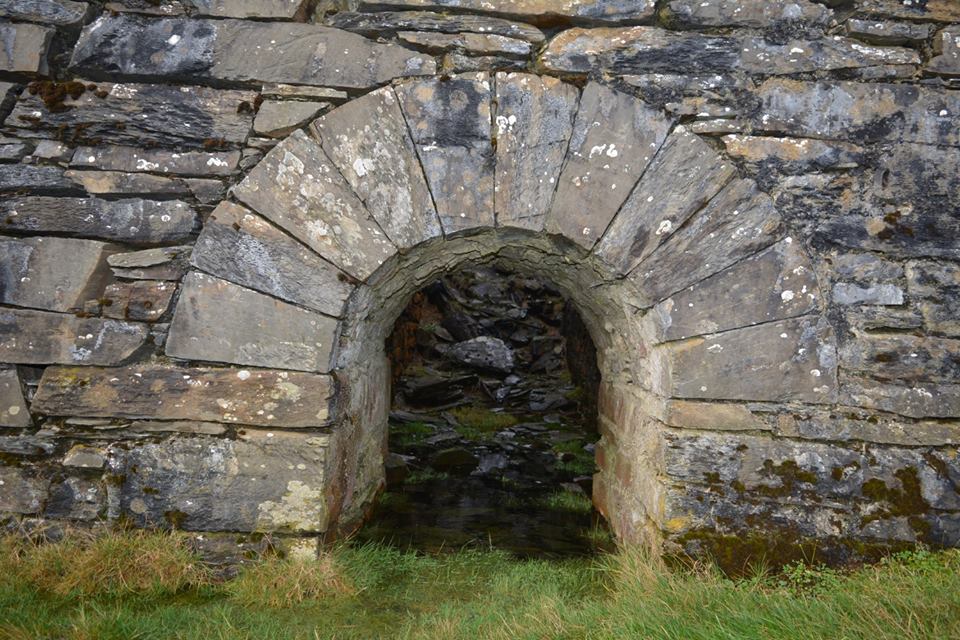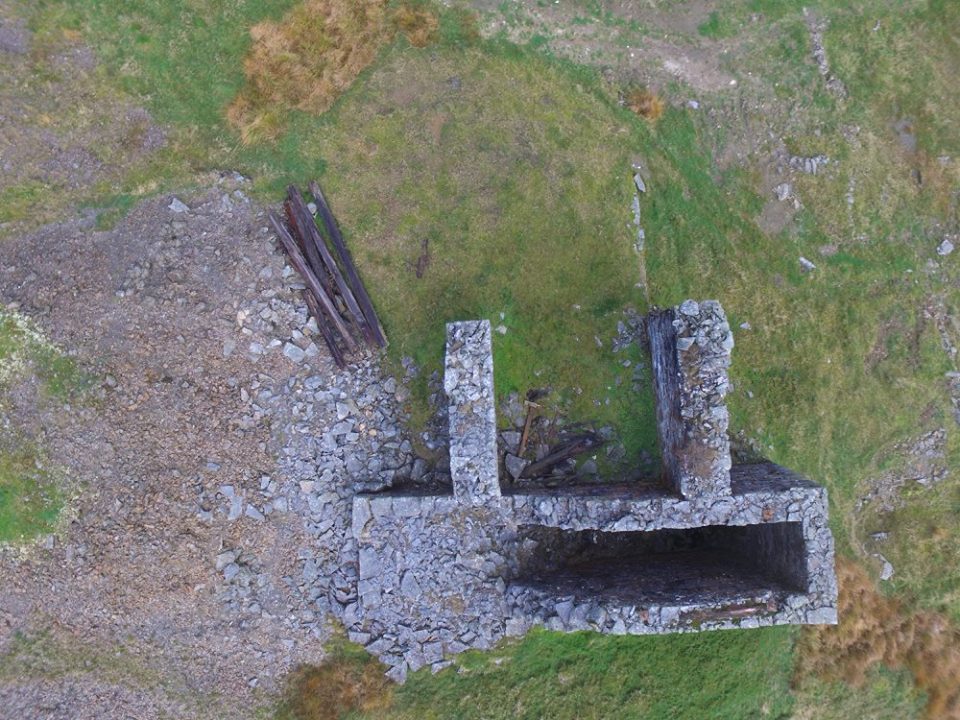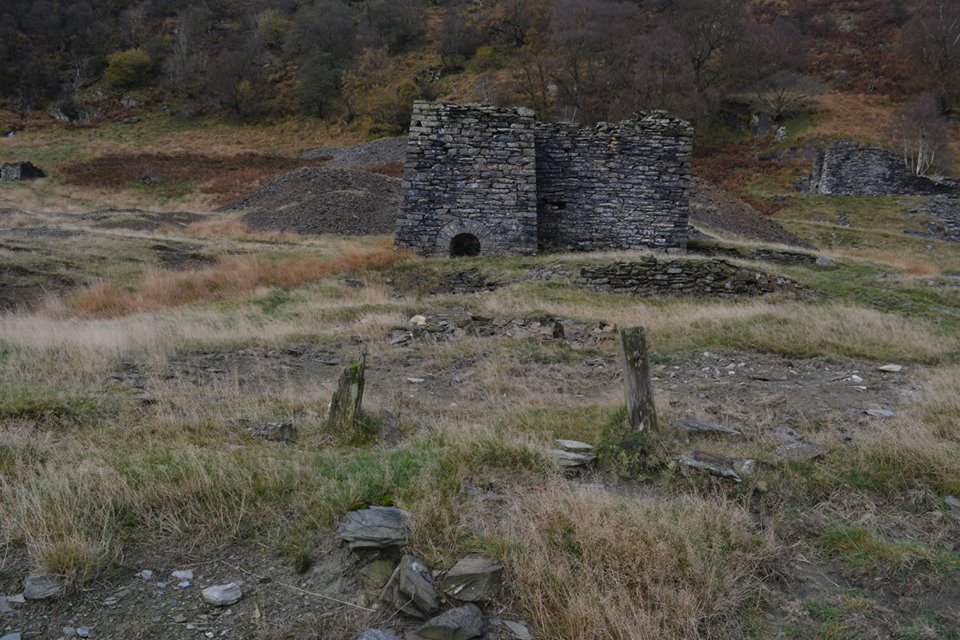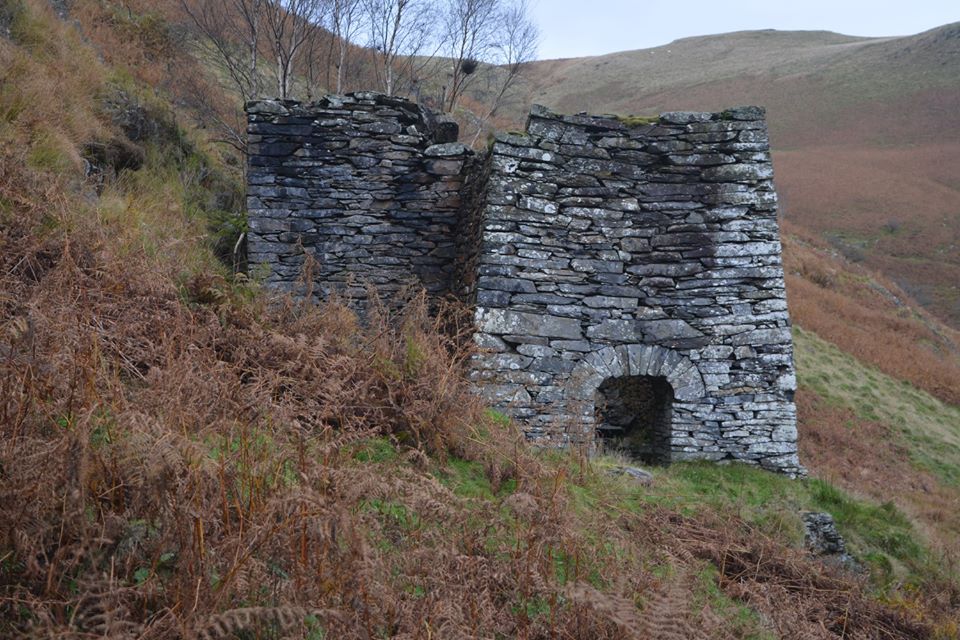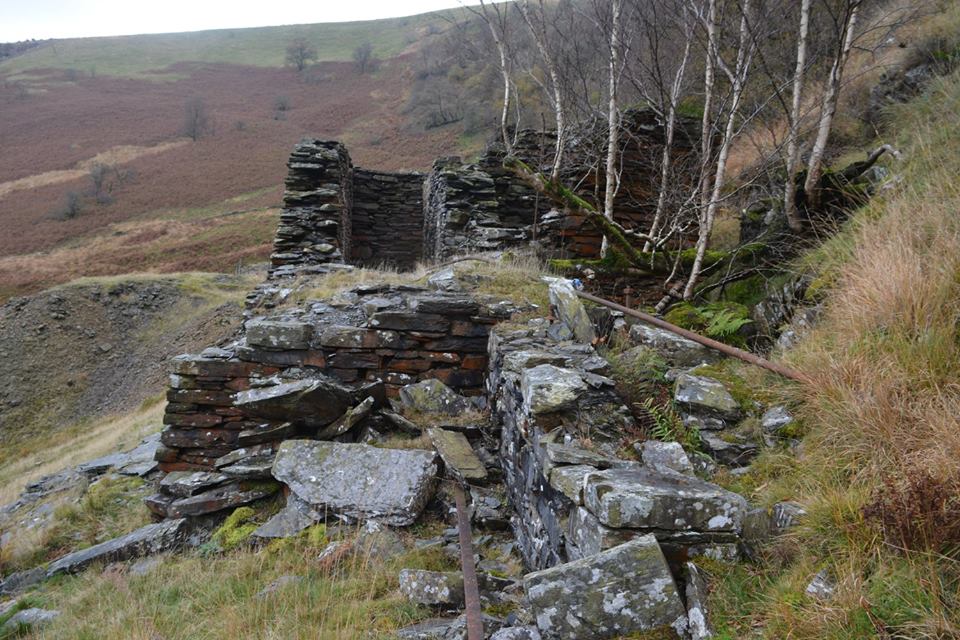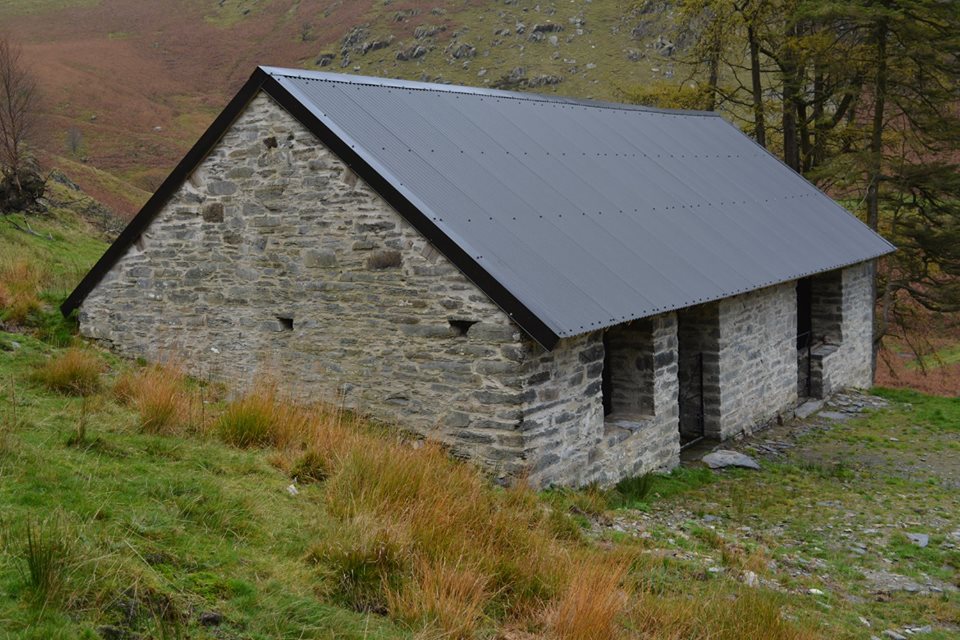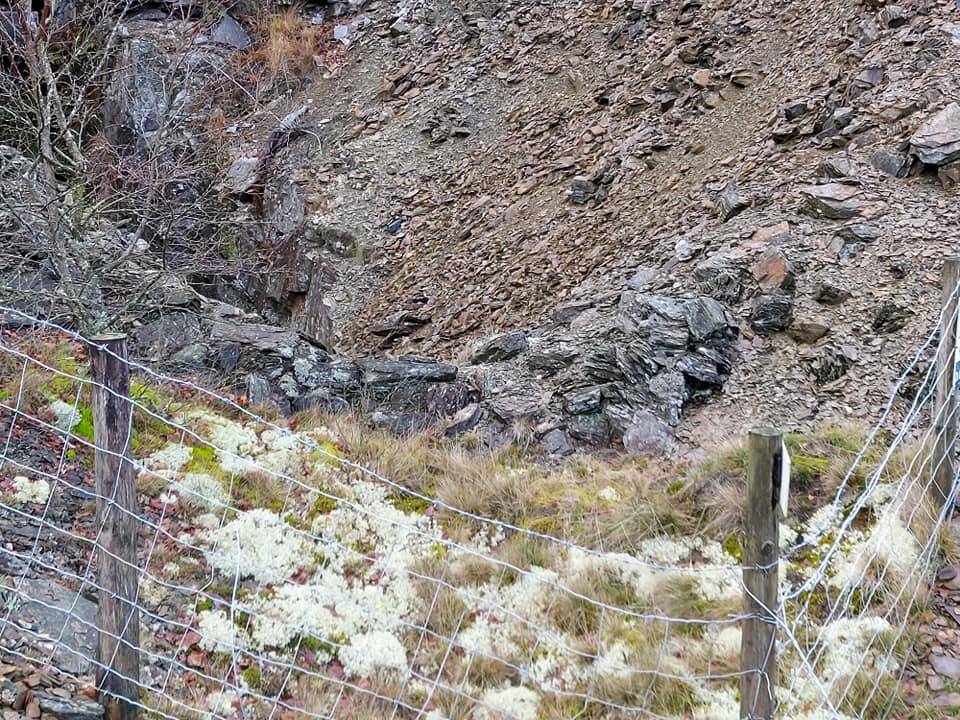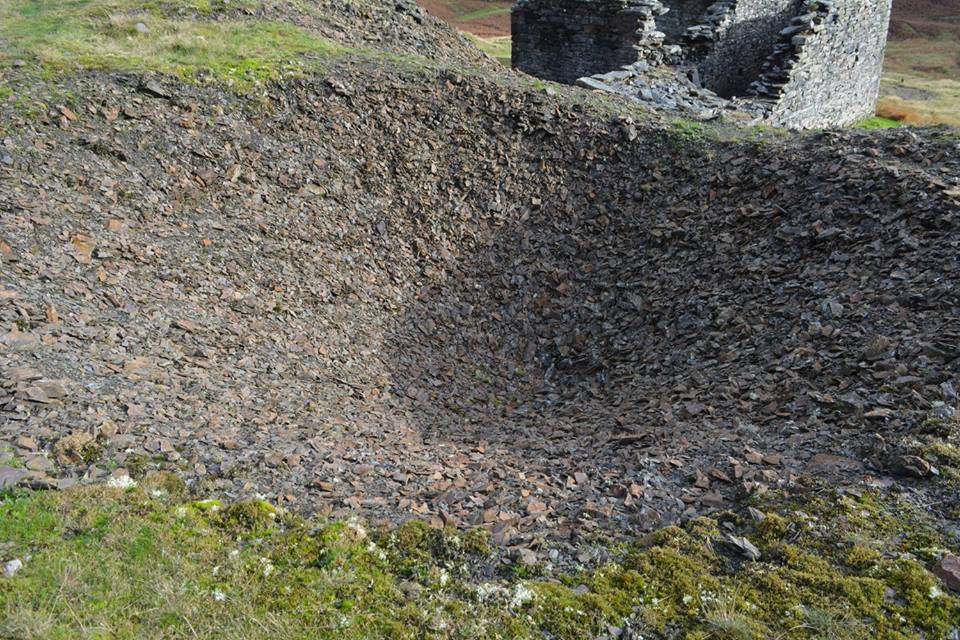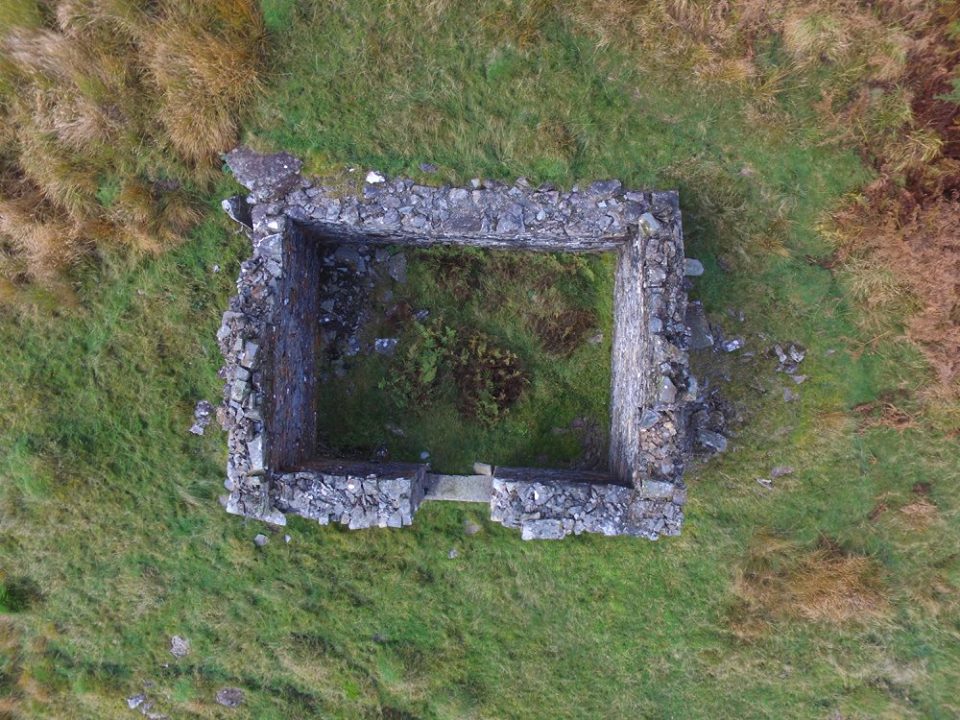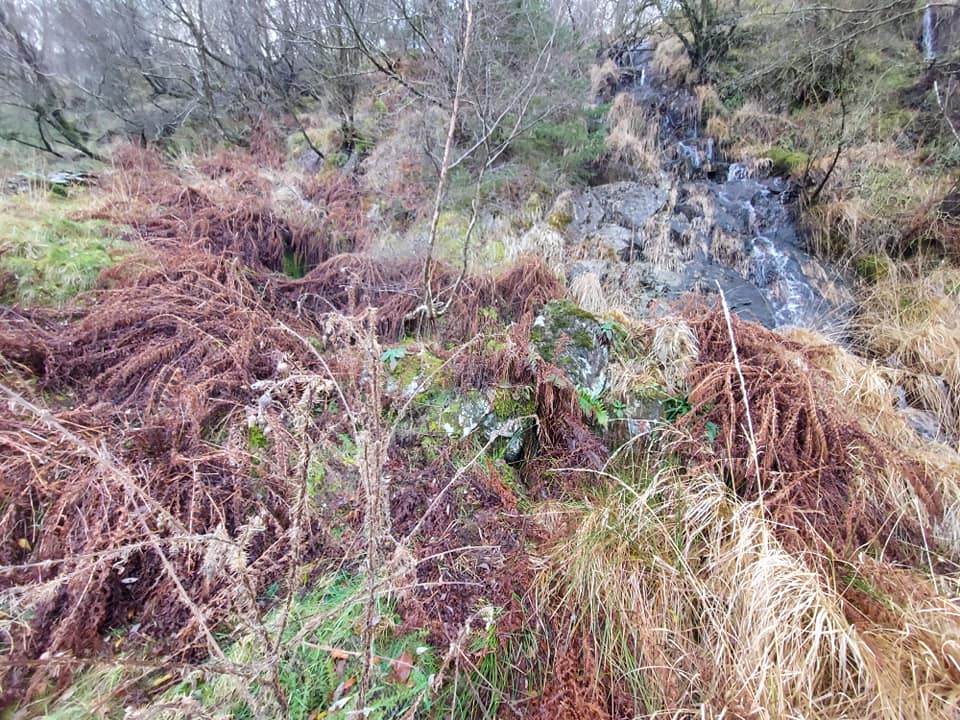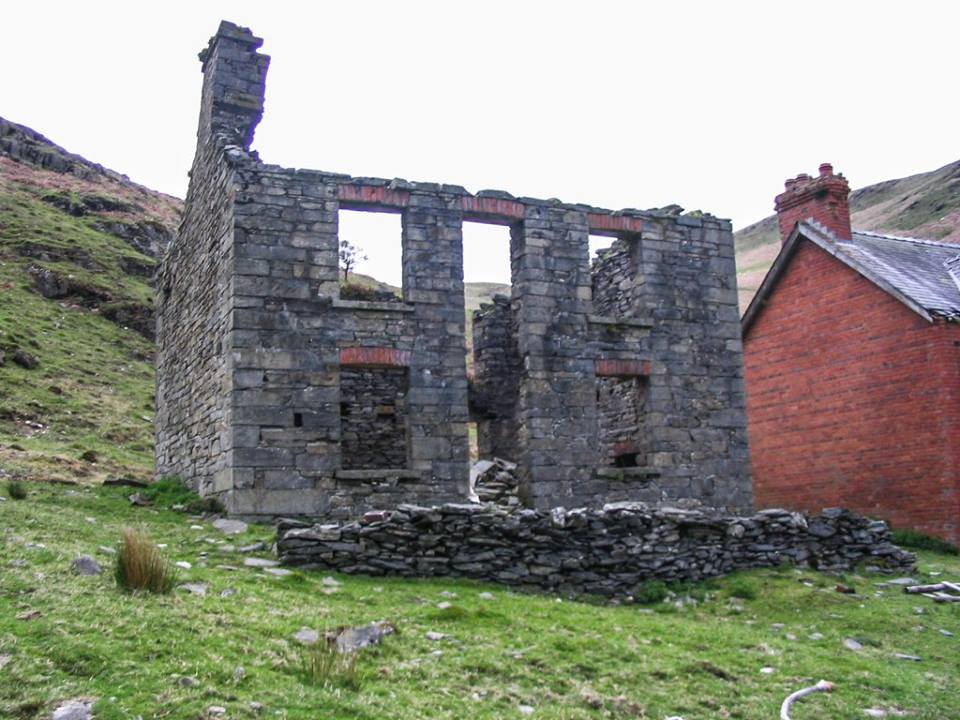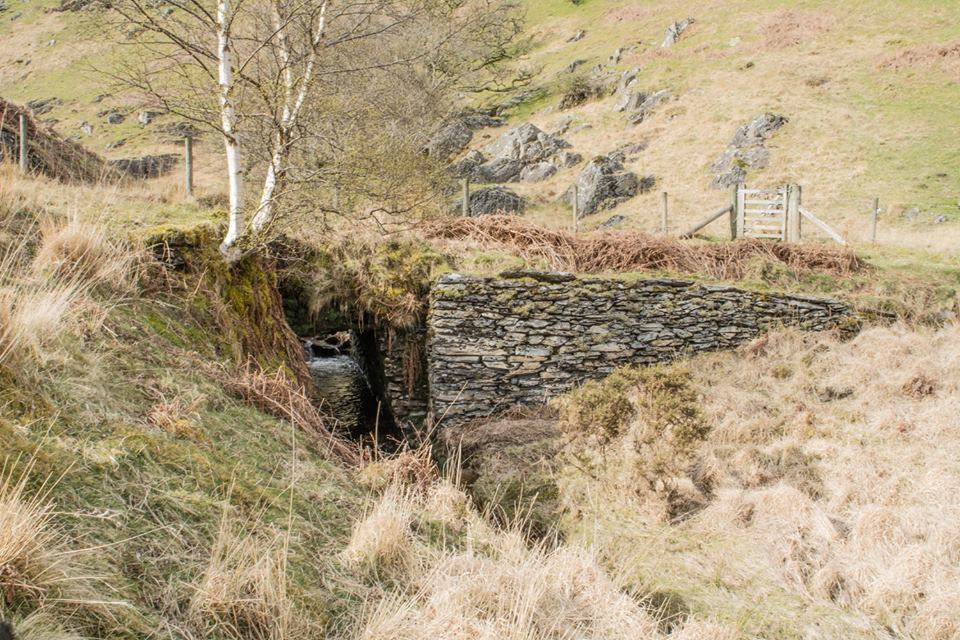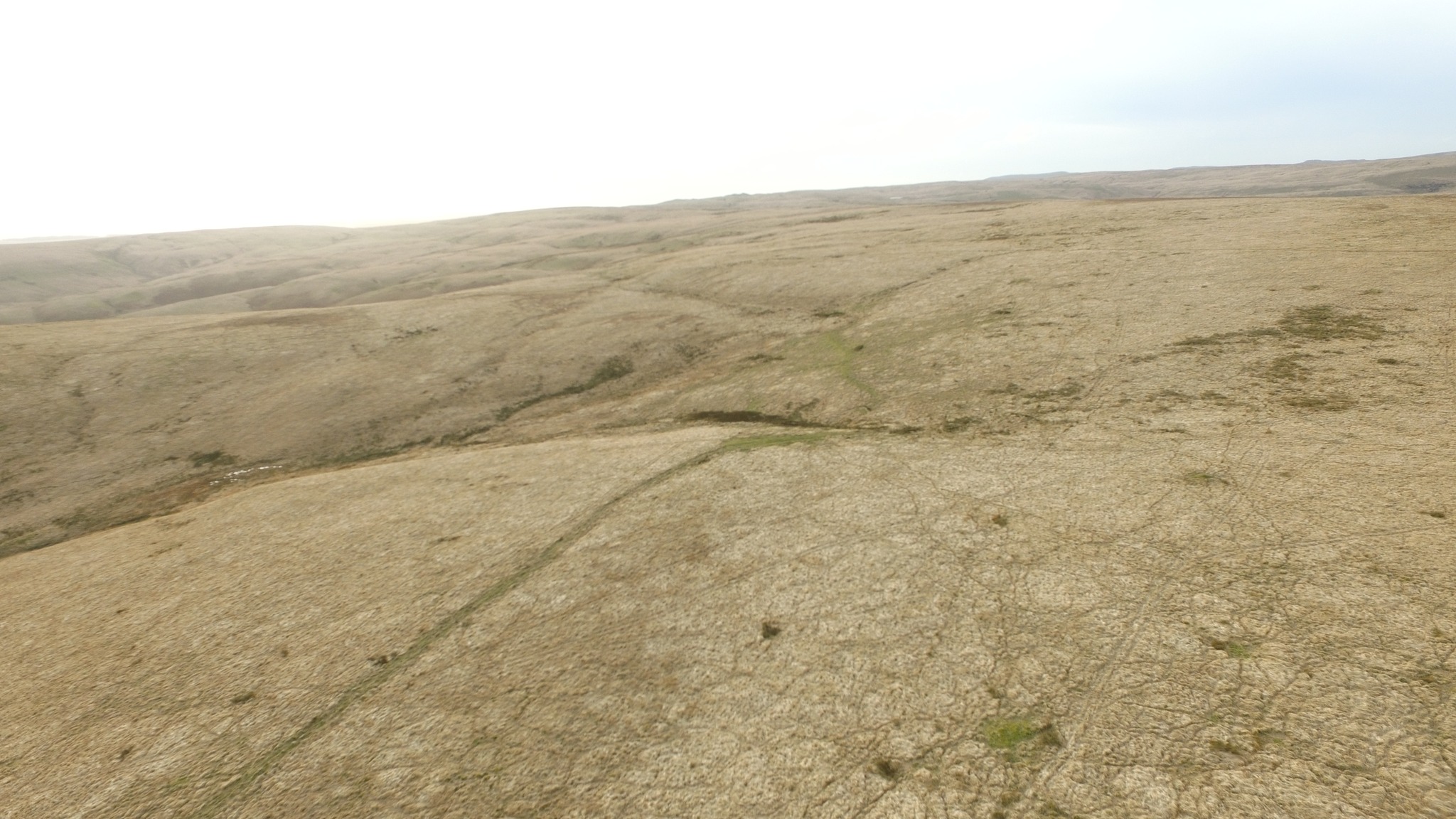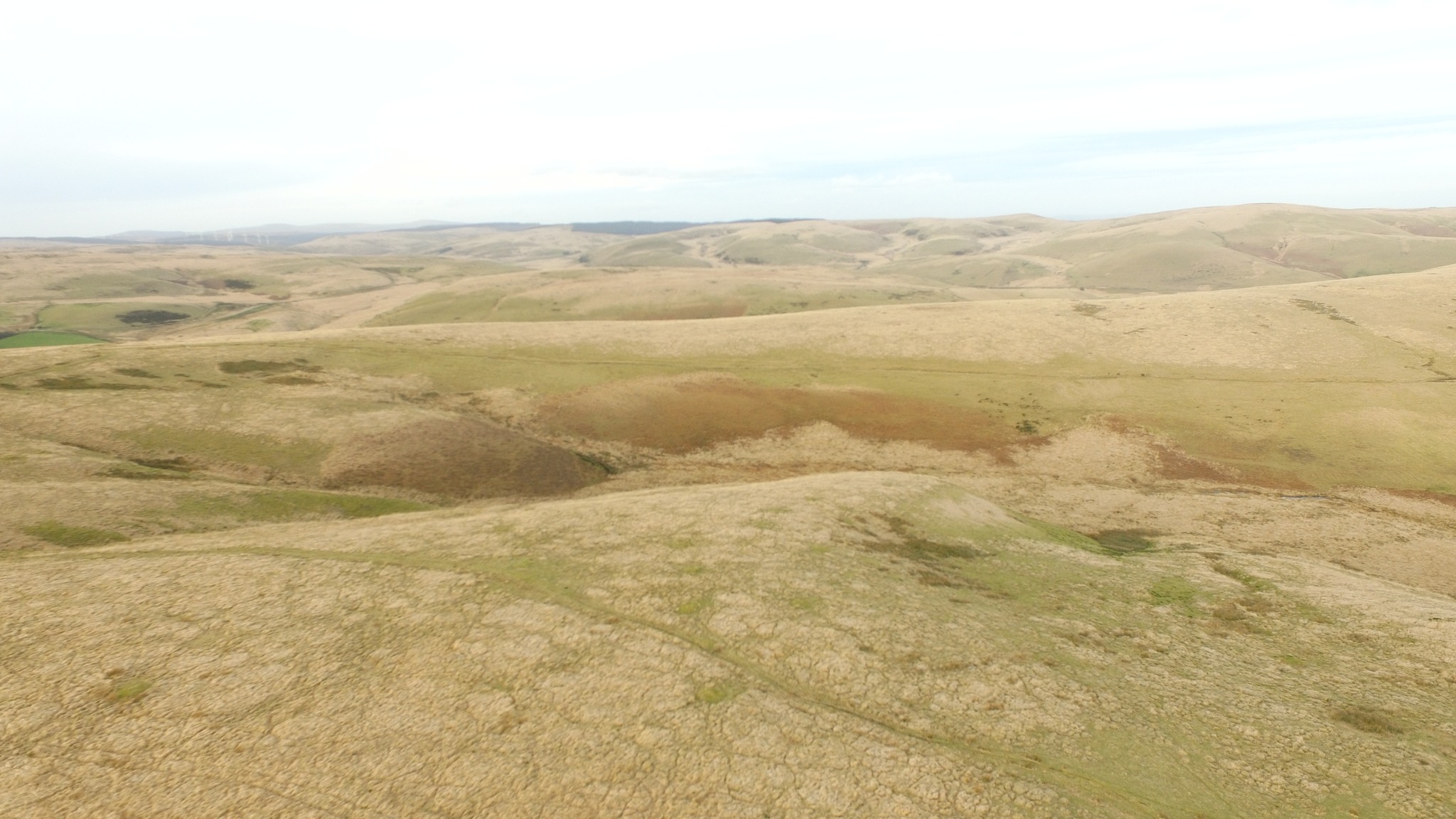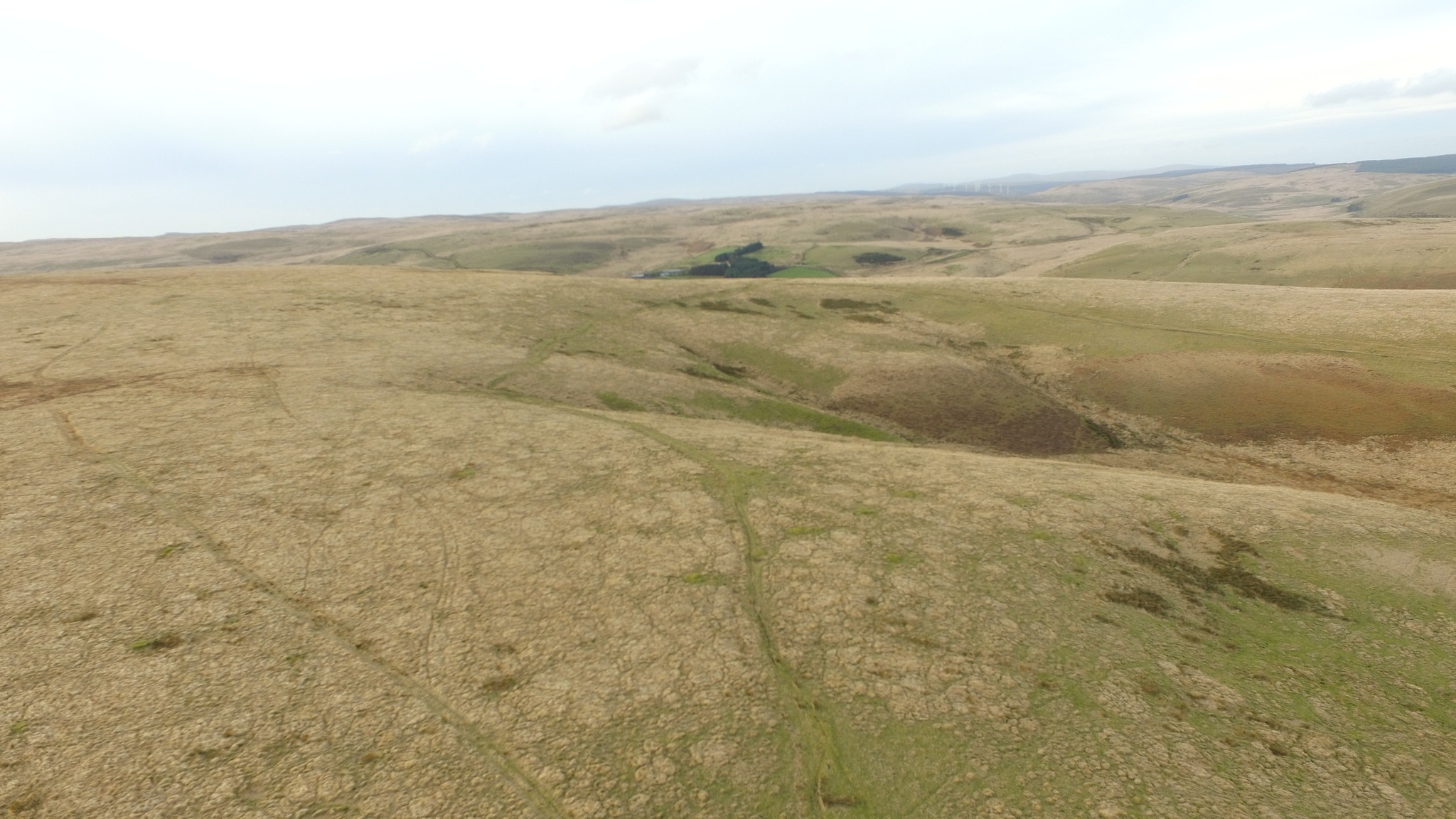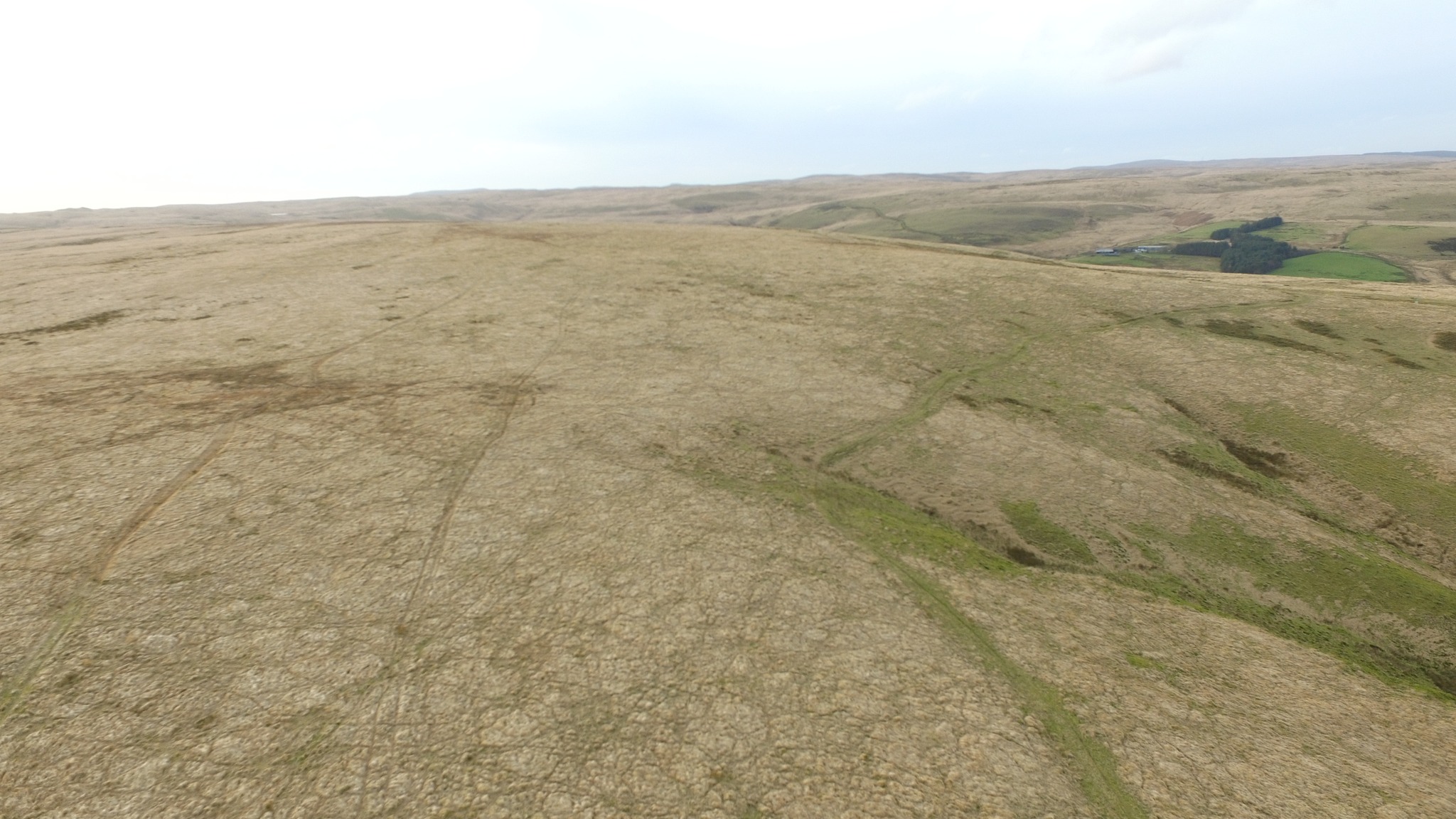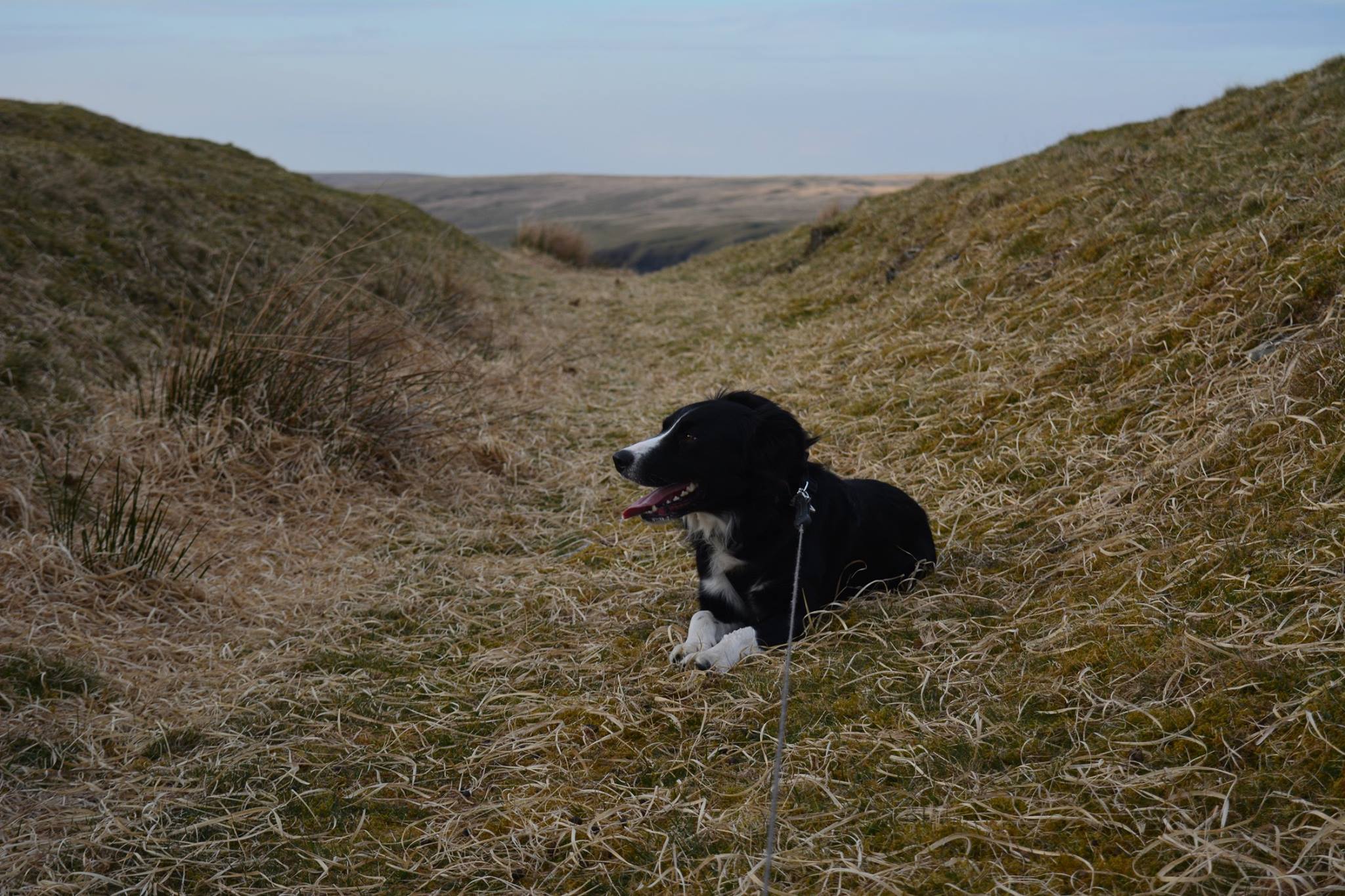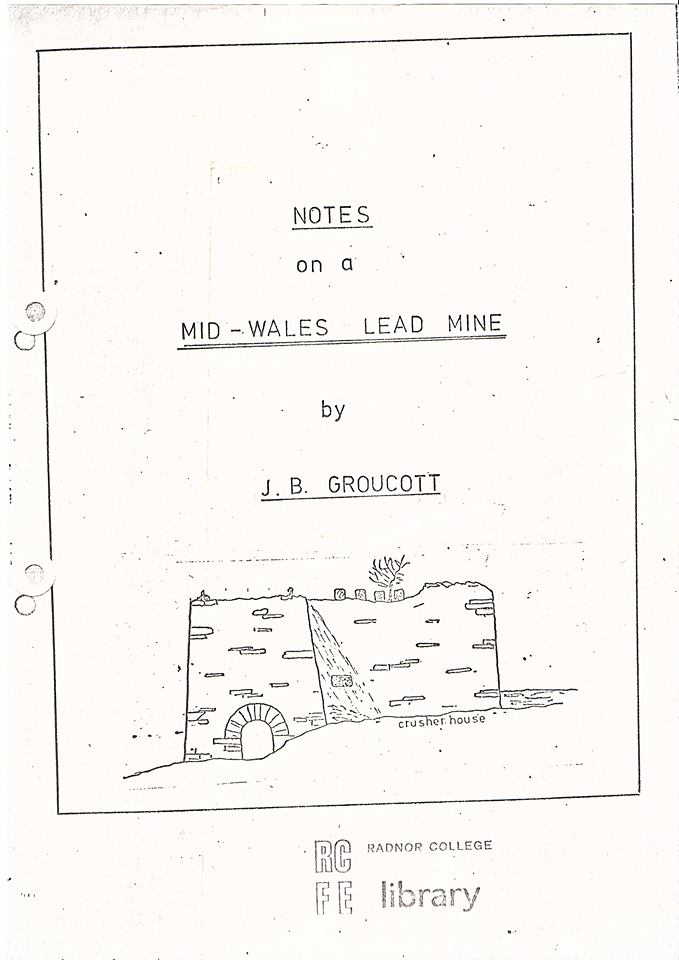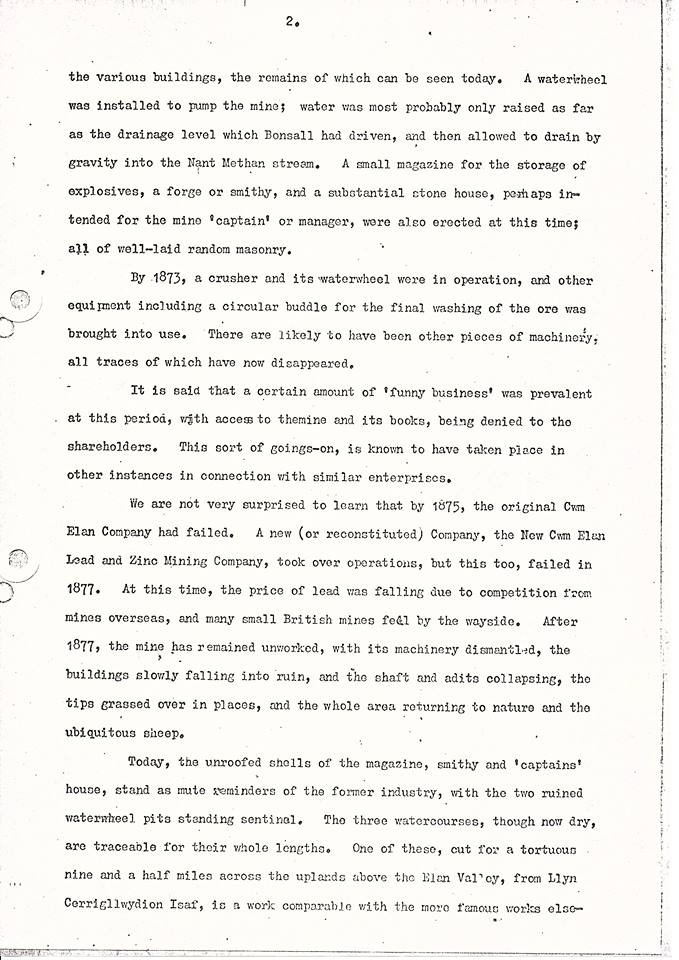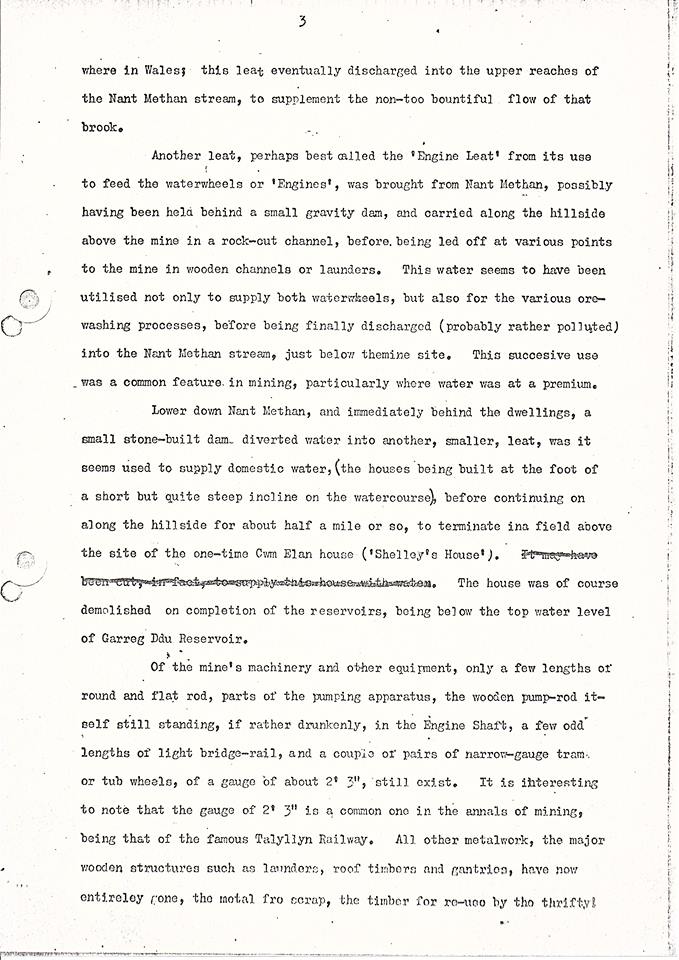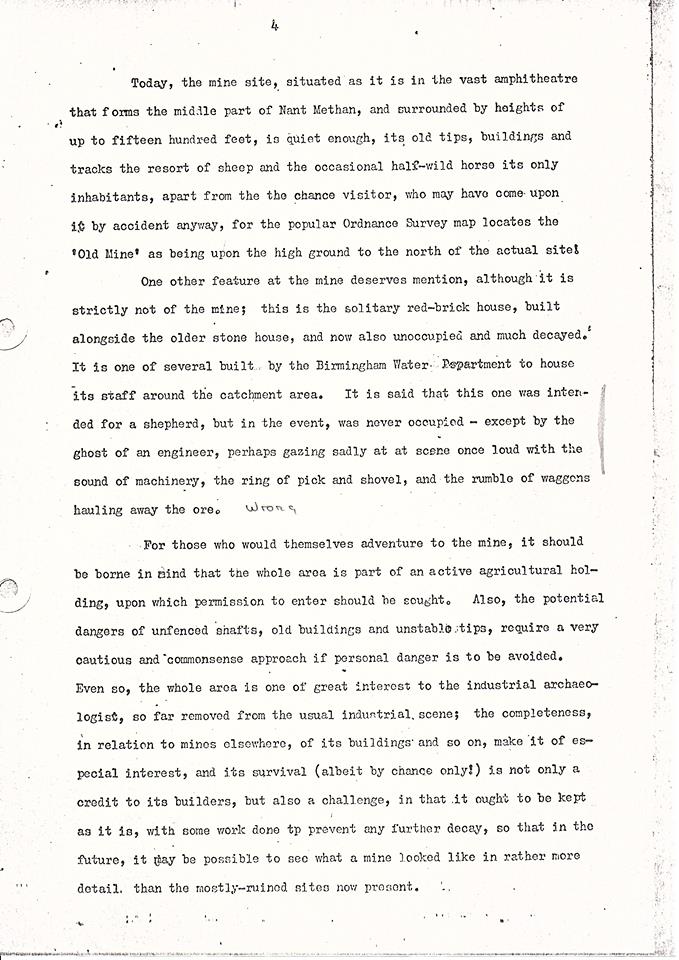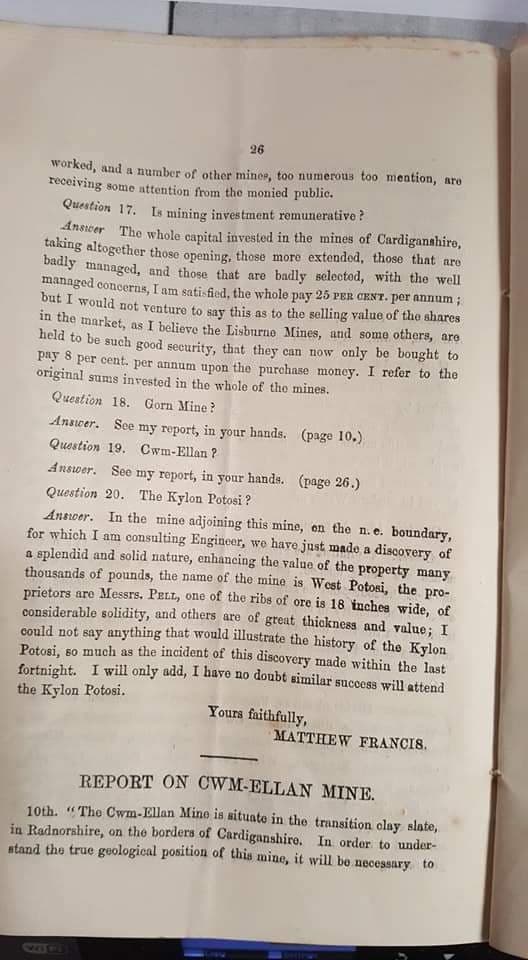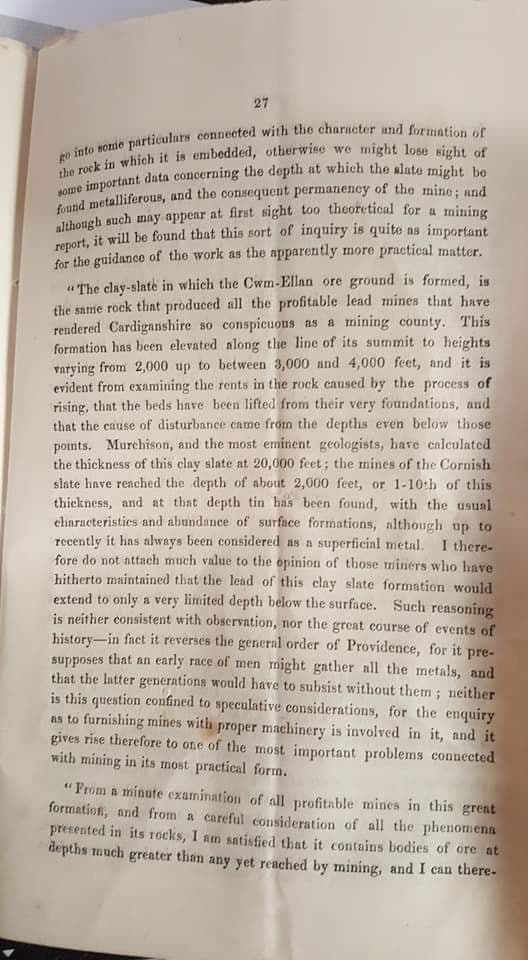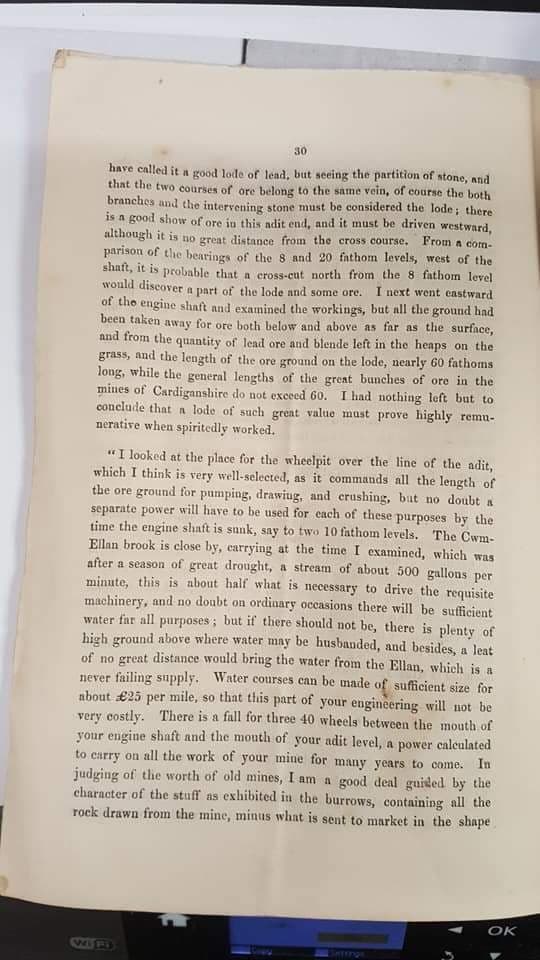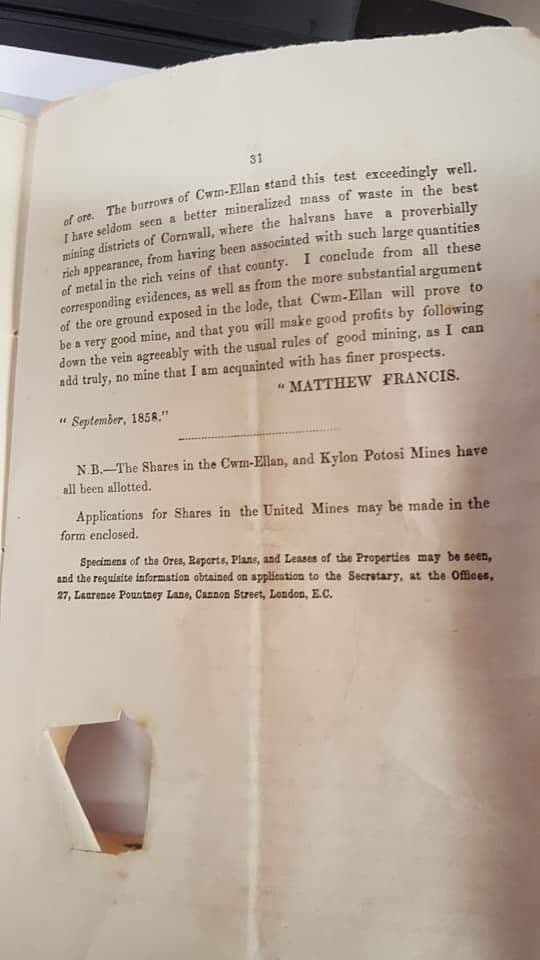Cwm Elan Mine
Cwm Elan Mine, Elan Valley, Map Ref SN 901 651.
A vein of lead ore was discovered by a farm worker while digging a drainage leat for the land owner Thomas Grove of Cwm Elan House in 1796.
Thomas Grove worked the mine making a profit of £500. Due to water problems Thomas Grove leased the mine to Sir Thomas Bonsall who added a Adit to drain the water.
A Cornish company took over the mine in 1808 following the death of Sir Thomas Bonsall.
Cwmellan Lead Mines worked the mine in 1840 and issued a Promissory Note for £1, one of these note can be seen in Llanidloes Museum.
Cwm Elan Mining Company was formed in 1871 with a capital of £30,000 and new machinery and buildings was erected.
A 10 fathom (60 foot) level was worked and in November 1872 Charles Ely was elected as Company Chairman.
In 1873 the Crushing Mill started with a Blake's Stone Crusher, Crusher Rolls, Collom's Patent Jiggers and Round Buddles which was all supplied by William Thomas of Llanidloes Railway Foundry.
The Cwm Elan Mining Company is voluntarily wound up in November 1874 and the property was offered for sale by public auction.
In 1875 the mine was bought for £1.148/10s/8d by the newly formed New Cwm Elan Mining Company.
Work ceased at the mine in September 1877, at this point the Engine Shaft had reached a depth of 40 fathoms (240 feet). The mine produced 175 tons of Lead and 160 tons of Zinc during the period of 1871 - 1877.
Engine Shaft
Looking into a possible Adit off the Engine Shaft, Engine shaft has collapsed in a few areas, great care should be taken when visiting this shaft and stay outside the fenced area. The Engine Shaft was mined to a depth of 40 fathoms (240 feet).
Engine Shaft Map Ref SN89953 65096
Balance Box
Site of the Balance Box near the Engine Shaft
Map Ref SN89953 65096
The Upper Adit
Cwm Elan Mine Upper Adit, short distance above the Engine Shaft.There is a deep drop to the side of the entrance which may be a collapse part of the Engine Shaft.
Map Ref SN89916 65090
Lead Galena
Some Lead Galena that contains the lead ore in the spoil heap just below the Upper Adit that hasn't been processed.
Map Ref SN
Crushing Mill and Water Wheel Pit
Crushing Mill and Wheel Pit. The crusher Mill would of held two large rollers, one driven by the water wheel and the other loose on it's shaft. Two large weight would of pulled the two rollers together to enable the ore to be crushed to the size of a course sand. The beams that once leaning against the south wall have been moved and laid just outside the Crusher mill. A few metal remains lay around this site including the large driveshaft that still retains half of a clutch mechanism for powering the mill.
Map Ref SN90005 65097
Dressing Area
Dressing Area, there once two Coloom's Jiggers here, driven by shafting from the Crusher Mill Wheel seen behind.The stumps of wooden posts once carried the rod to power the rotating arms still remain.
Map Ref SN90022 65096
Pumping and Winding Wheel Pit
Pumping and Winding Wheel Pit used for winding and pumping from the shaft. Some of the metal work can still be seen here.
Map ref SN89964 65138
Black Smithy and Barraks
Originally Pengwaidd House, later to be the barraks on the left and Blacksmiths building on the right now with a new roof and other work done to it over the winter 2016/2017.
Map Ref SN90005 65139
Ore Slide
One of the two Ore Slides where the Ore would of been stored prior to been reduced in size ready for the crushing mill.
Map Ref SN89973 65103
Ore Slide 2
Remains of the second Ore Slides where the ore would of been stored prior to been reduced in size ready for the crushing mill.
This one is near the Engine shaft and has collapsed into the Engine Shaft
Map Ref SN
Mine Collapse
Possible area where the mine has collapsed.
Map Ref SN89978 65081
Powder Magazine
Powder MagazineThe Powder Magazine, kept at a safe distance from the mine.
Map Ref SN89937 65046
Shaft and Adit
Site of deep shaft that was covered over with tree trunks many years ago. A Adit was driven into the hill here,
the entrance to the adit has collapsed making it impossible to enter the adit.
Map Ref SN89890 65013
Managers House
The Managers House, the building has been pointed and the bricks in the windows put back in place after falling out.
Map Ref SN90070 65229
Managers House and Water Works building
Managers House on the left was built in 1871. The more recent Water works building on the right built during the construction of the dams was never lived in.
Map Ref SN90070 65229
The Green Bridge
Green Bridge as it's known locally, a 17th century Stone Built Bridge, Built before the Mines.
Cwm Elan Upper Leat
Cwm Elan Upper Leat. The leat was cut in 1876 by Cwm Elan Company. The leat took 3 months to cut and runs for 9 miles from Llyn Cerrigllwydion Isaf SN844070000.
Cwm Elan Mine Report 1976
PDF Survey done on Cwm Elan Mine in 1976 by J.B.GroucottEarly notes done on Cwm Elan Mine before the above survey
Cwm Elan Mine Report 1858
Report done on Cwm Elan Mine in 1858

Tel: 07870954997
Copyright - Elan Valley Past And Present 2025
Page hits:5285




